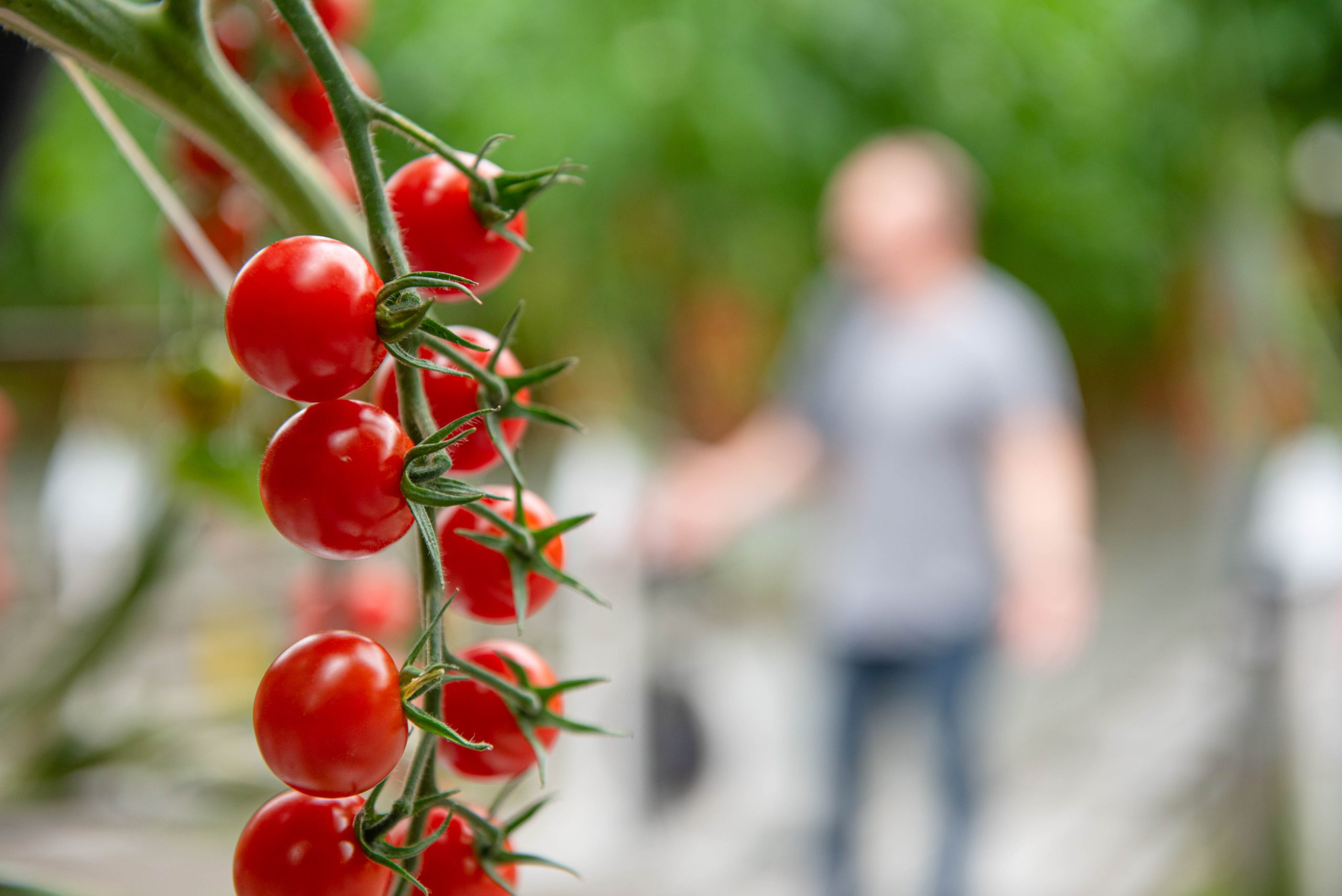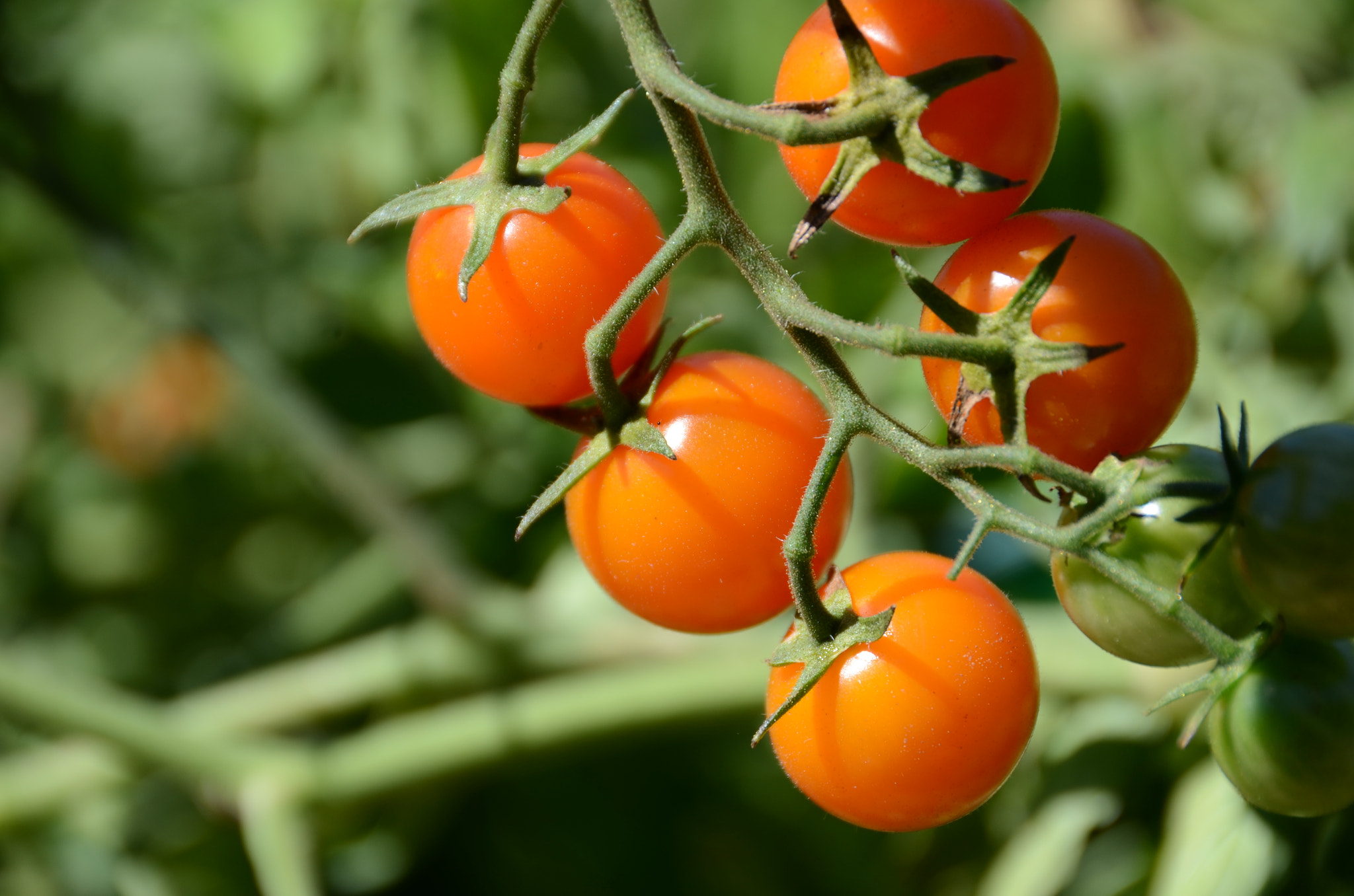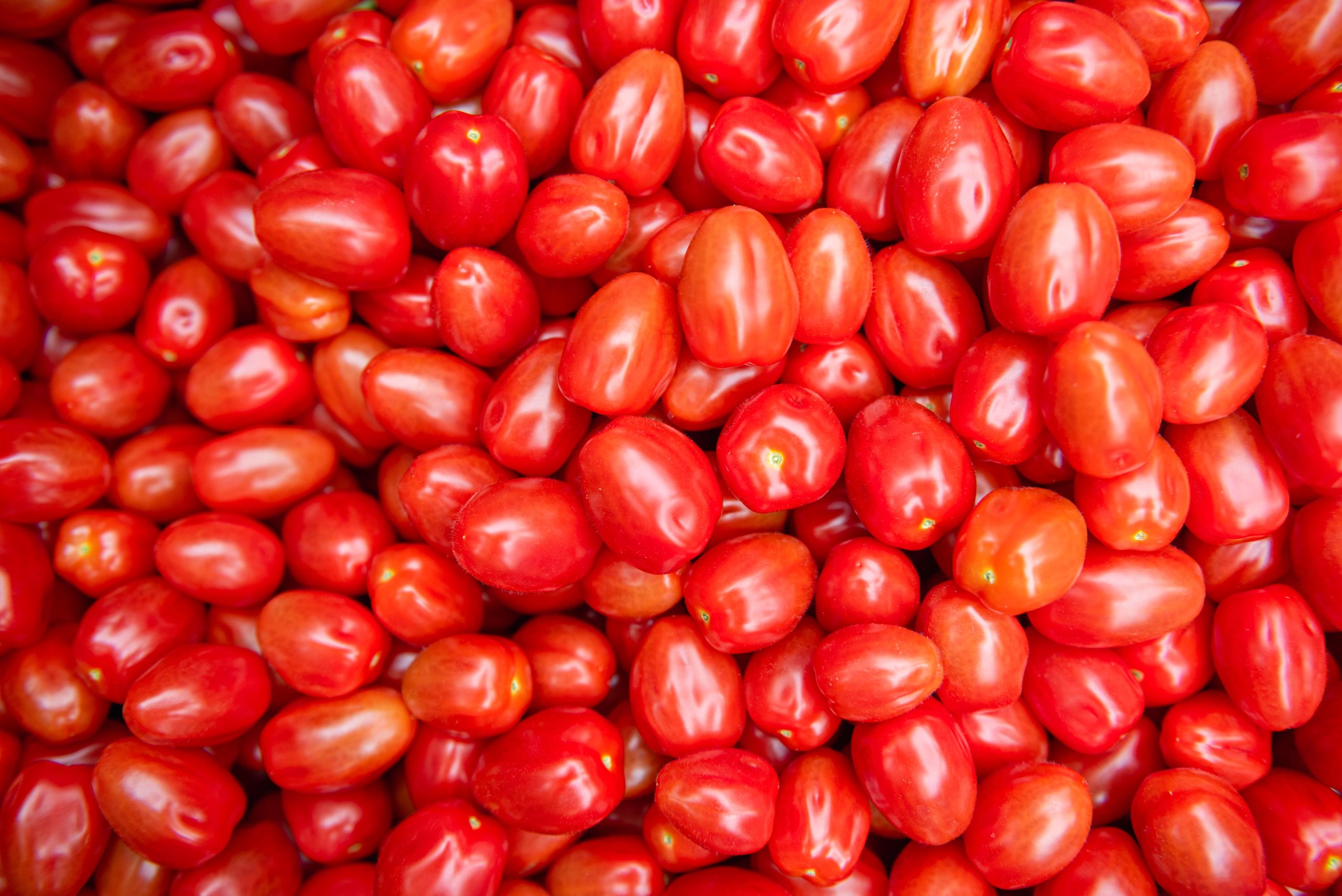While winter typically signals a slowdown in gardening, cultivating tomatoes at home during the colder months is not only possible but incredibly rewarding. With a bit of planning and the right techniques, you can enjoy the juicy goodness of homegrown tomatoes even when the snow is falling outside. In this guide, we’ll explore the steps to successfully grow tomatoes indoors during the winter months.
- Selecting Tomato Varieties:
Choose tomato varieties that are well-suited for indoor growing. Compact or dwarf varieties work best, as they adapt well to container gardening. Cherry tomatoes, such as Tiny Tim or Micro Tom, are popular choices for indoor cultivation due to their smaller size and shorter growing season.
- Choosing the Right Containers:
Opt for containers with good drainage to prevent waterlogging. Use nutrient-rich, well-aerated potting soil that retains moisture. Consider self-watering containers to maintain consistent soil moisture levels. Each tomato plant should ideally have a container with a minimum size of 5 gallons.
- Providing Adequate Light:
Light is crucial for indoor tomato plants, especially during winter when natural sunlight is limited. Place your containers near a south-facing window to maximize sunlight exposure. Additionally, supplement natural light with artificial grow lights, placing them 6-12 inches above the plants for 12-16 hours per day. High-quality LED or fluorescent lights work well for this purpose.
- Optimising Temperature and Humidity:
Tomatoes thrive in temperatures between 65°F and 75°F (18°C to 24°C). Ensure your indoor space maintains these temperatures, avoiding drafts and sudden temperature fluctuations. Use a humidity tray or humidifier to maintain a humidity level of around 50-70%, as tomatoes appreciate slightly higher humidity.
- Pollination Techniques:
In the absence of outdoor pollinators, you may need to assist in the pollination process. Gently shake the plants or use a small, soft brush to transfer pollen between flowers. This mimics the action of bees and helps ensure proper fruit development.
- Feeding and Watering:
Use a balanced, water-soluble fertiliser to provide essential nutrients to your tomato plants. Feed them every 2-3 weeks during the growing season. Water consistently, keeping the soil evenly moist but not waterlogged. Adjust watering frequency based on the specific needs of your tomato variety.
- Pruning for Productivity:
Regularly prune your tomato plants to encourage airflow and prevent the development of diseases. Pinch off suckers (side shoots) to direct the plant’s energy toward fruit production. Additionally, remove any yellowing or damaged leaves.
Happy gardening!
















